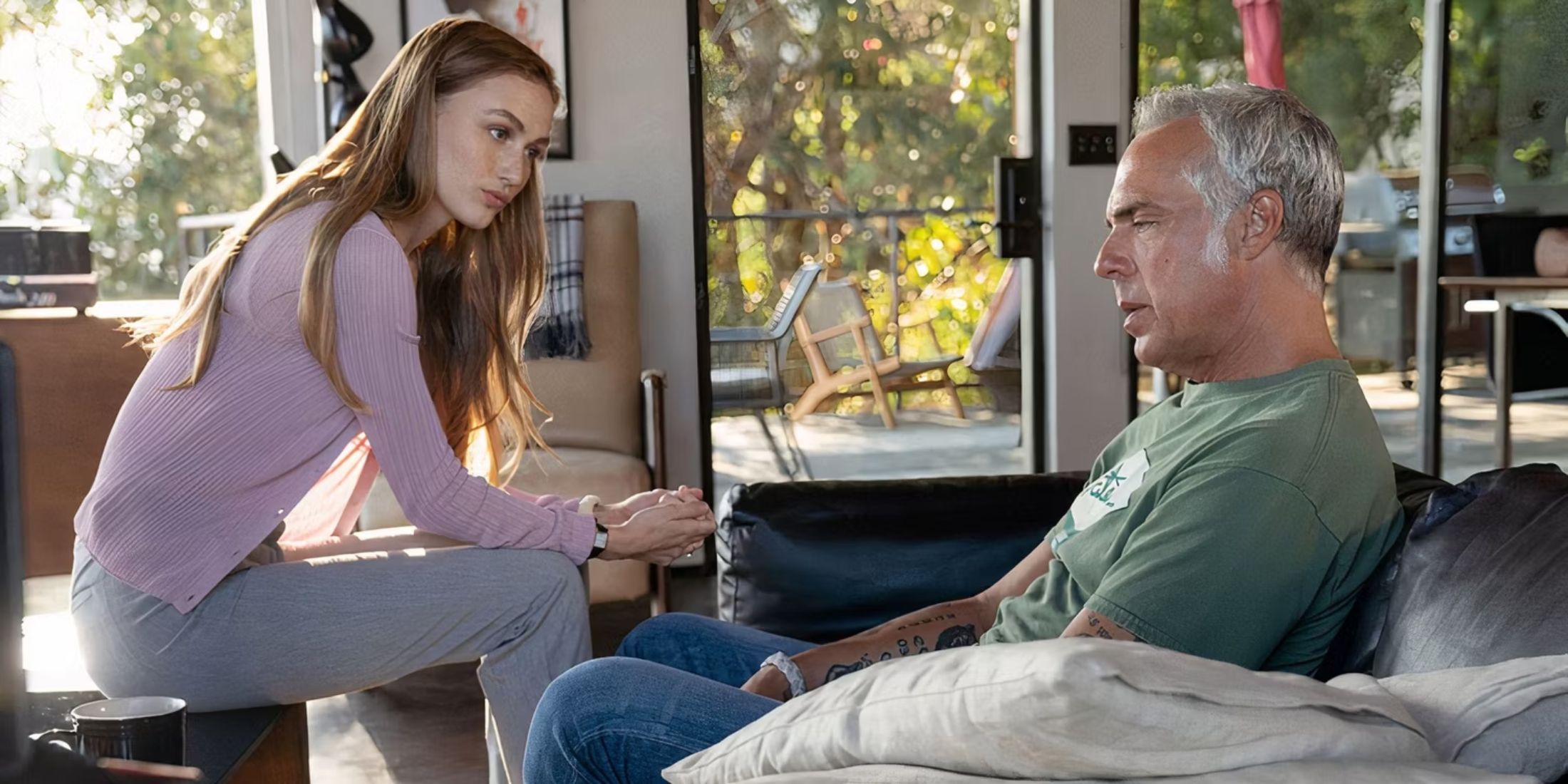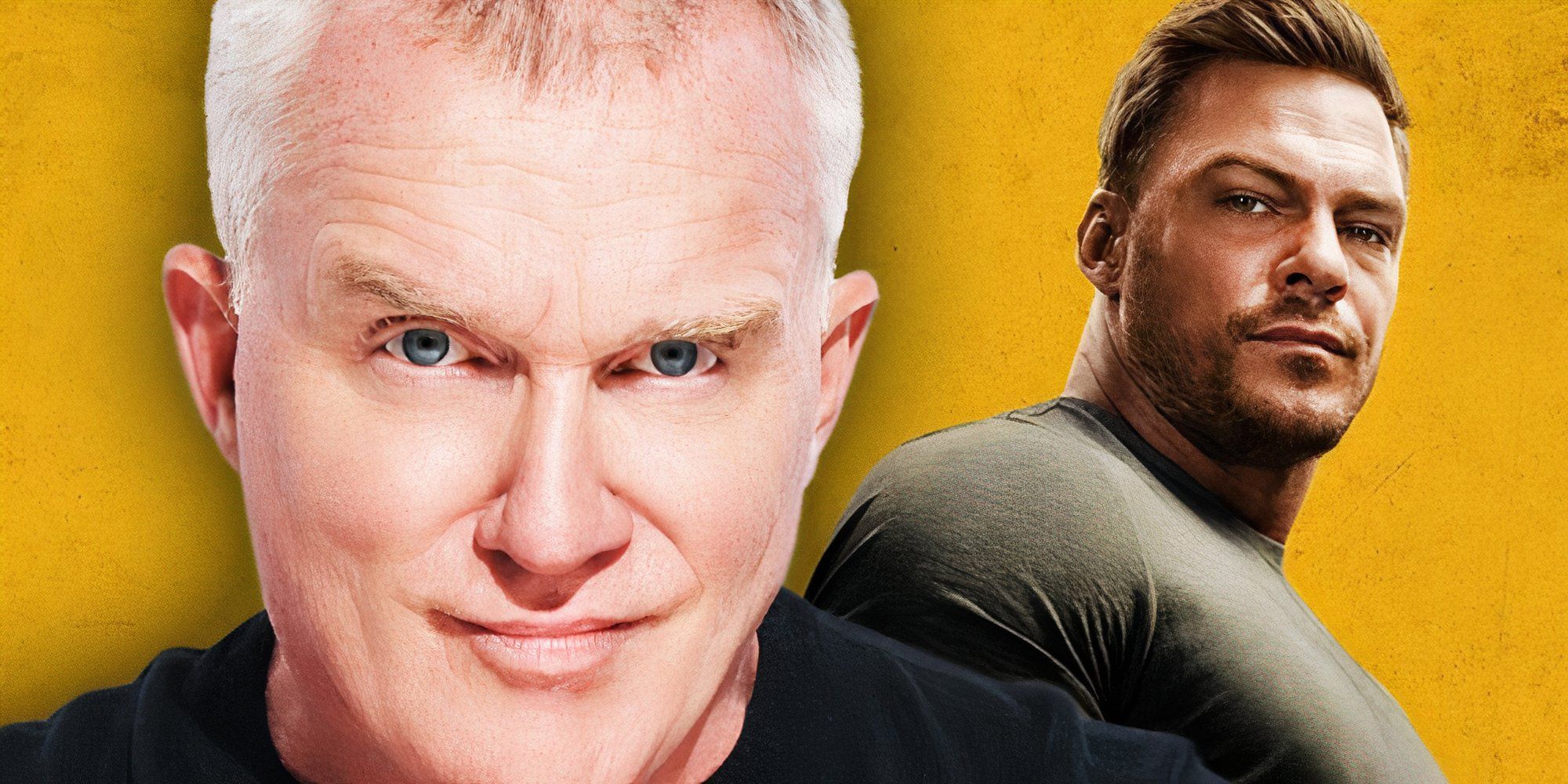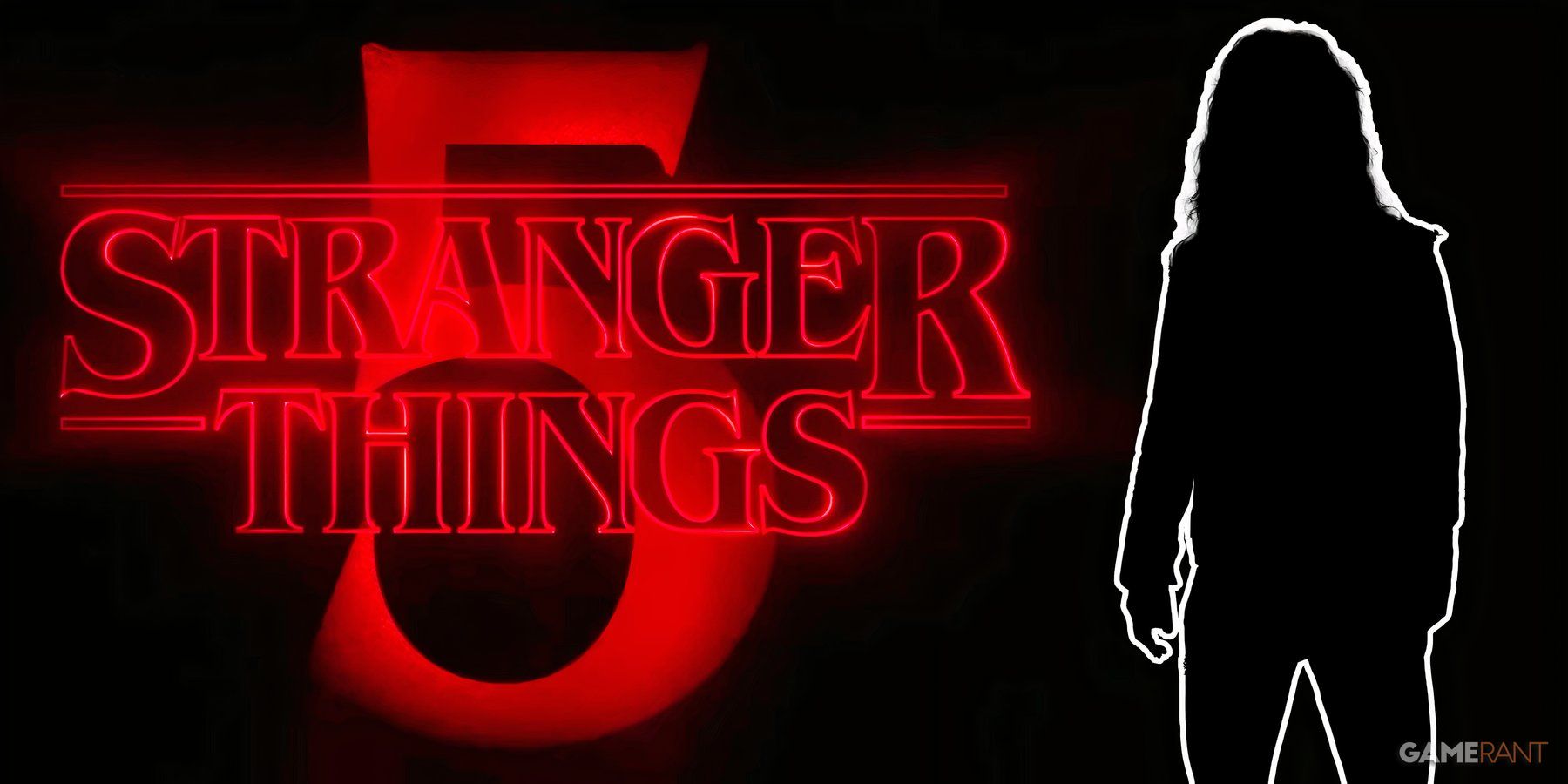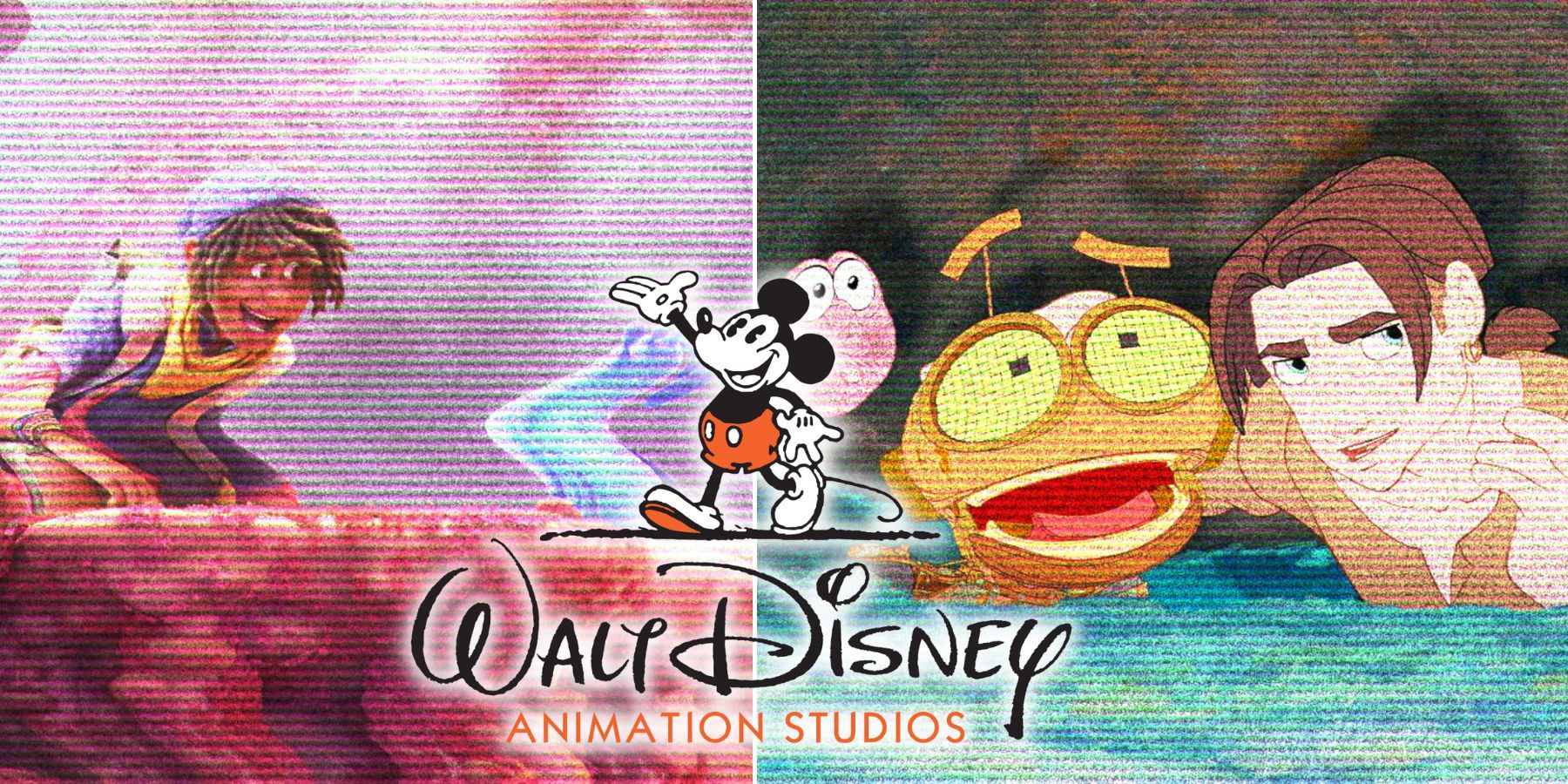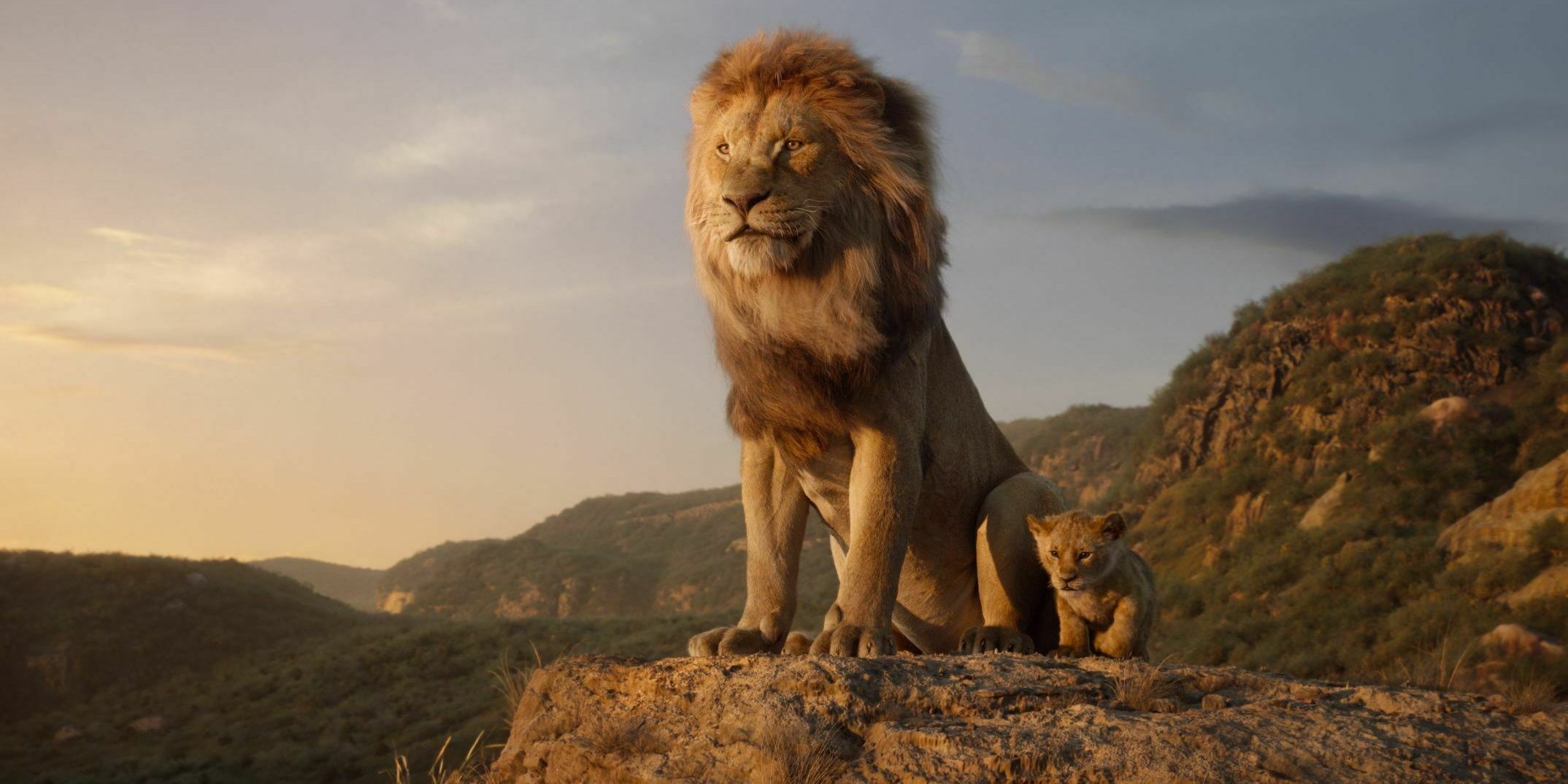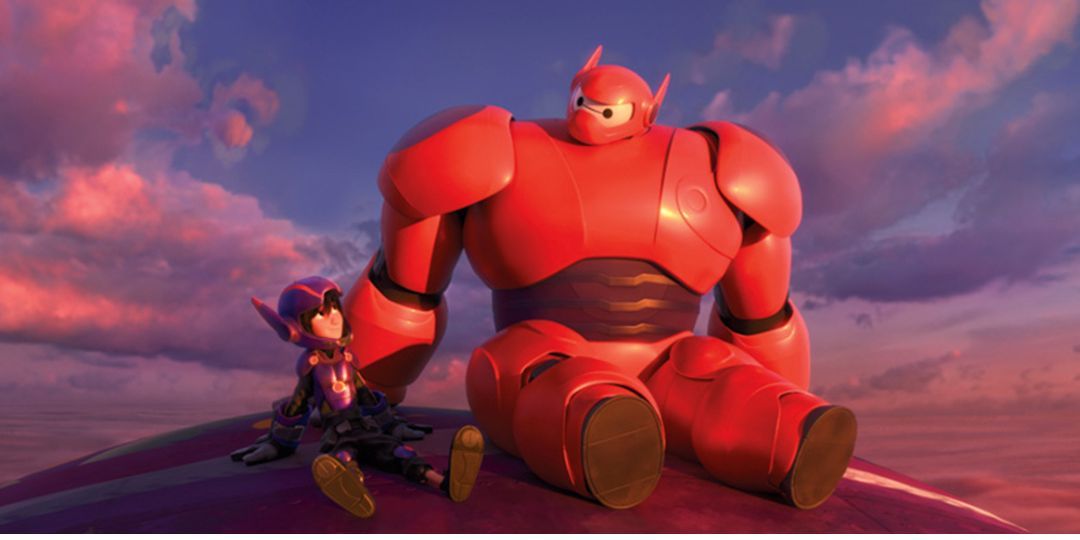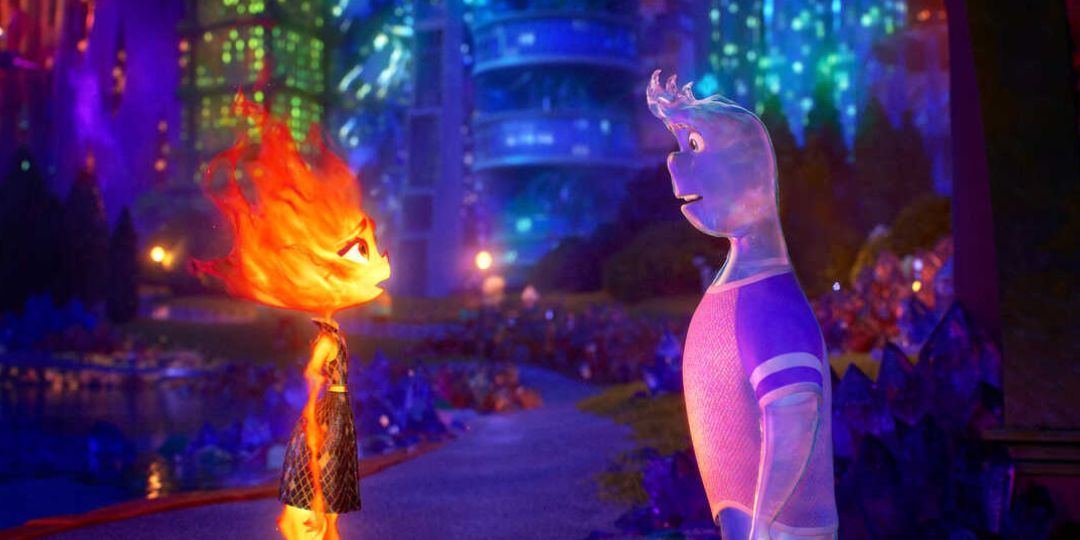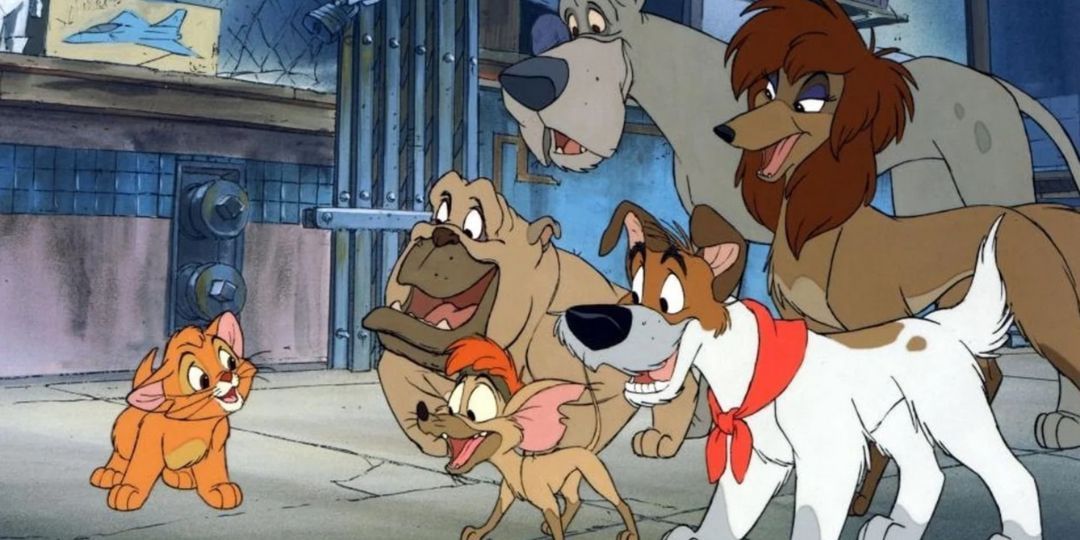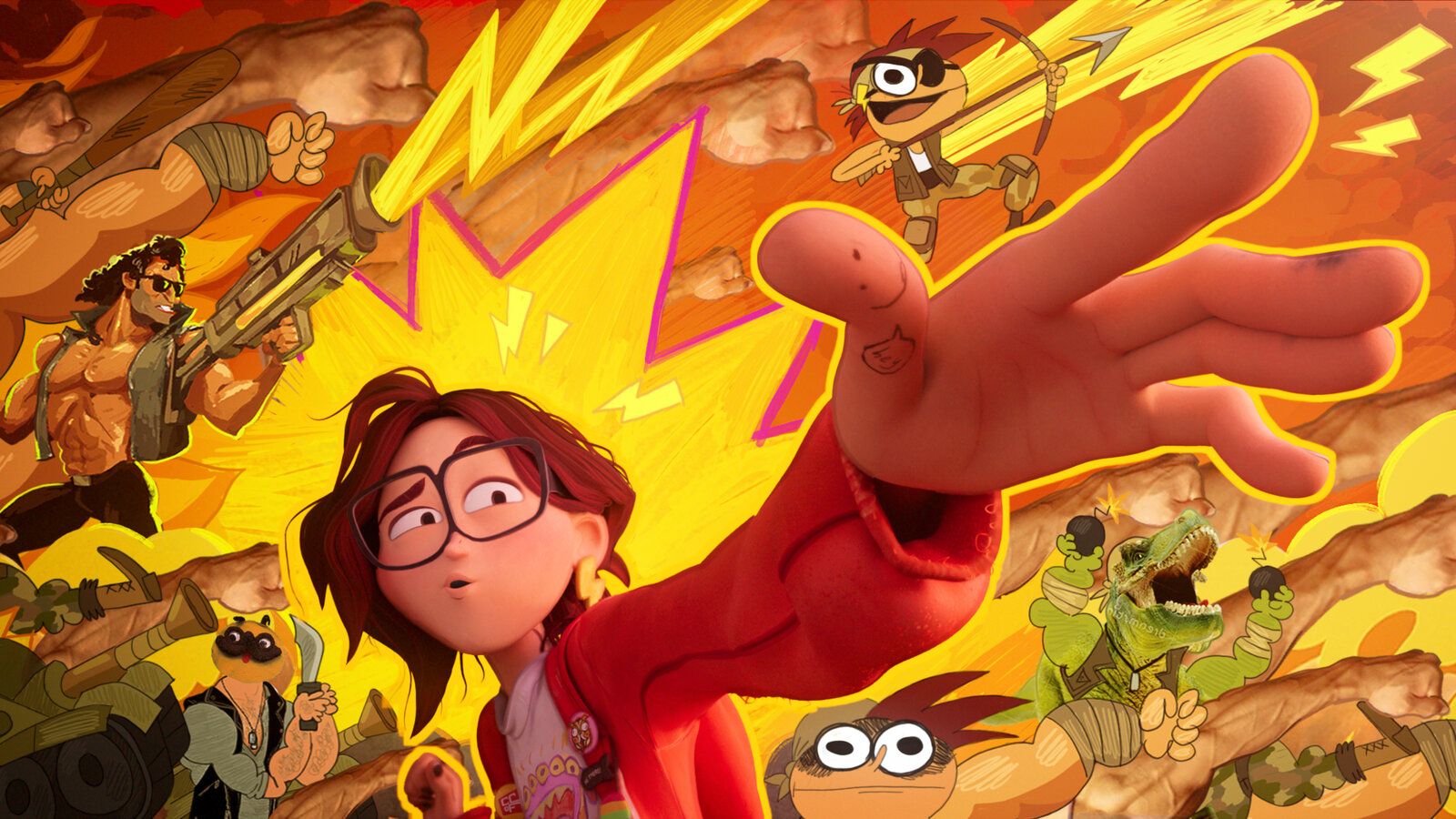Walt Disney Animation Studios’ last slump ended with the release of 1989’s The Little Mermaid. Although it’s a blend of live-action characters and animated ones, the 2023 remake of The Little Mermaid hasn’t turned things around for Disney in the same way. In fact, it marks yet another mediocre entry in Disney’s once-illustrious pantheon. The problem is more significant than just a handful of misfires for Disney animation. It’s reminiscent of the Disney animation “Dark Age,” which continued throughout the 1970s and 1980s, with few exceptions.
Between all the straight-to-Disney-Plus releases; Pixar’s failure to “wow” audiences; and the shot-for-shot “live-action” remakes of classic Disney animated films, the company is more than struggling to win over critics and audiences alike. The most successful and lauded animated films of the last few years — the ones that endure — haven’t been Disney IP at all. In the wake of another Disney animation Dark Age, can the legendary studios get back on track — or is it time for another company to set the bar for animated movies?
Why Have Disney Animated Films Struggled Lately?
Although the box office numbers would tell a different story, it’s clear that Disney has struggled to find the magic in recent years. Although the photorealistic, shot-for-shot remake of The Lion King grossed over $1.6 billion worldwide, it was also one of the most expensive movies ever made. Sure, it tops Disney’s list of successful animated features, but at a cost — not just financially, but in terms of audience trust.
While Disney has created a few hits, like 2021’s Encanto, it’s been an uneven output. The COVID-19 pandemic pushed the company to release certain films on streaming, like Raya and the Last Dragon (2021) — a film that was inventive and fun, though lacking the popularity-boosting efforts of a theatrical release. Aside from those films, the last few years have given audiences the messy Frozen II (2019) as well as the poorly reviewed Lion King and Spies in Disguise (2019). In 2022, Disney barely pushed its Thanksgiving-time animated release, Strange World. The move that feels eerily reminiscent of the company’s treatment of the now-cult hit Treasure Planet (2002) — though the treatment of Strange World feels even more pointed given that its lead is a biracial, queer character.
Even if the films themselves are solid, the patented magic is missing. It’s possible this string of pattern-forming misfires feels so evident because Disney animation is coming off of a few years of unprecedented success. In 2013, Frozen (and, specifically, Elsa’s “Let It Go”) took the world by (snow)storm and earned the studios its first non-Pixar Best Animated Feature Academy Award. The following year, Big Hero Six nabbed an Oscar, too. By 2016, Disney’s ultra-popular animated hits, Moana and Zootopia, were vying against each other for that same award.
There just hasn’t been a Disney animated hit of that stature yet. While Encanto and Raya proved encouraging in 2021, the contrast between Disney’s then- and now-output is stark. In fact, 2022 saw Walt Disney Animation Studios disappearing from the Oscar race altogether. This year isn’t much better. Despite Halle Bailey’s star power, the mostly-animated Little Mermaid remake didn’t quite find its footing. Perhaps the Ariana DeBose-led Wish, which combines computer animation with Disney’s iconic watercolor animation, will change the studios’ course when it debuts later this year. Although, the problem (and pattern) is bigger than just Walt Disney Animation Studios’ films.
What Was Pixar’s First Flop (And Did It Start A Trend)?
When Disney acquired Pixar in 2006, the prolific studio went on to have a great run — Ratatouille, WALL-E, Up, Toy Story 3. Despite missteps like Cars 2, Pixar released one of its most-acclaimed films, Inside Out, in 2015. An emotional and artistic peak, Inside Out marked the end of Pixar’s nearly-infallible run. Coco and Incredibles 2 excluded, everything since The Good Dinosaur (November 2015) just hasn’t resonated in the same way as the studio’s classics.
There’s the “unnecessary sequels” brand of Pixar films, like Toy Story 4 and Cars 3. Though there’s also the more successful Pixar movies that resonate on some level, but still employ frustrating tropes — Soul turned its Black lead character into a sprite/cat for the majority of the film’s runtime, while Lucaaggressively queerbaited audiences. There are even incredibly forgettable entries, like Onward and Finding Dory. And, finally, the type of movie that just shouldn’t have happened, like Lightyear.
Can Pixar turn the slump around? Lightyear aside, films like Turning Red and Elemental show a lot of promise. Both films center characters and experiences that Pixar’s largely white (or white-coded) catalog has historically excluded. Not to mention, they’re both wholly original visions that present fresh, exciting worlds to audiences. With solid stories, memorable moments, and truly jaw-dropping animation, these films may not make most viewers’ top five Pixar films, but they still satisfy, and point toward a rebound.
What Was Disney's Last Dark Age And How Did It End?
Given Disney’s dominance in the 1990s with hits like The Lion King (1994) and Beauty and the Beast (1991), it’s hard to imagine the animation studios in a dark age. After all, Walt Disney himself oversaw the creation of Hollywood’s first feature-length animated film, Snow White and the Seven Dwarfs (1937), as well as the successes and classics that followed. However, after Walt Disney’s passing in the mid-60s, the studio didn’t have someone with such a strong, unifying vision at the helm. (Ironically, it was Disney’s son-in-law, Ron Miller.)
The studios’ animated releases from 1970 to 1988 can be characterized with one word: forgettable. They just didn’t resonate in the same way; Miller leaned too hard into being experimental and shaking up the standard formula, so much so that the Disney “magic” was lost. During this so-called “Dark Age,” the films’ subjects, themes, visuals, and tones also darkened, though that’s more happenstance than anything else. The term “Dark Age” refers to the drop-off in quality, but the darker feel contributed to that drop off.
Looking back, the quality of Disney Dark Age animated movies still varies greatly. Some of the period’s titles included The Black Cauldron, Robin Hood, The Fox and the Hound, and The Rescuers. While a few have endured, none of them are the tent-pole franchises or films most folks think of when they hear “Disney.” After a string of costly flops, Disney went back to what worked: fairy tales. In 1989, Disney released The Little Mermaid — a fairy-tale adaptation with several musical numbers. For viewers and critics alike, it was a welcome return to form that ushered in one of Disney’s most lucrative and memorable decades.
What Is The Best Animated Movie Maker In 2023?
The answer to this question hinges on a viewer’s personal tastes, but it’s hard to imagine putting Disney or Pixar at the top of the list right now. With the money-making Despicable Me (2010–) franchise and wildly successful Super Mario Bros. Movie (2023), Illumination is a commercial tour de force. Produced by CoMix Wave Films, Makoto Shinkai’s films, like Your Name (2016), Weathering with You (2019), and Suzume (2022), marry artistic merit and box-office success. And studios like Aardman Animations (Wallace and Gromit, Shaun the Sheep) and Laika (Coraline, Kubo and the Two Strings) excel in the realm of the time-consuming-yet-wondrous stop-motion animation.
Still, it’s hard to deny the mega-successes of Sony Pictures Animation. Starting small with Cloudy With a Chance of Meatballs 2 (2013), which was wedged between franchises with more name recognition and less merit, the studio really proved its strengths — character, animation, art direction, story — in 2018 with the Oscar-winning Spider-Man: Into the Spider-Verse. Since then, Sony has delivered consistent hits, like the should've-been-an-Oscar-winner The Mitchells vs. the Machines (2021) and masterpiece sequel Spider-Man: Across the Spider-Verse (2023). Sony doesn’t make a circus out of telling inclusive, nuanced stories; its movies have an ease about them, and put their characters first.
Not to mention, the animation is dazzling. In Mitchells vs. the Machines, the protagonist, Katie, is a college-age filmmaker; by adding visual flair, gags, and little details, the Sony team doesn’t let you forget her weird, artsy point of view. Across the Spider-Verse has also taken animation to new heights, mixing Gwen Stacy’s paint smeared world with Miles Morales’ comic book bent, and Hobie Brown’s paper-cut-out-meets-zine look. The bottom line? Innovation and unique artistic vision are the keys to moving the dial, but, to its detriment, Disney animation seems content to rest on its laurels.

